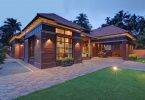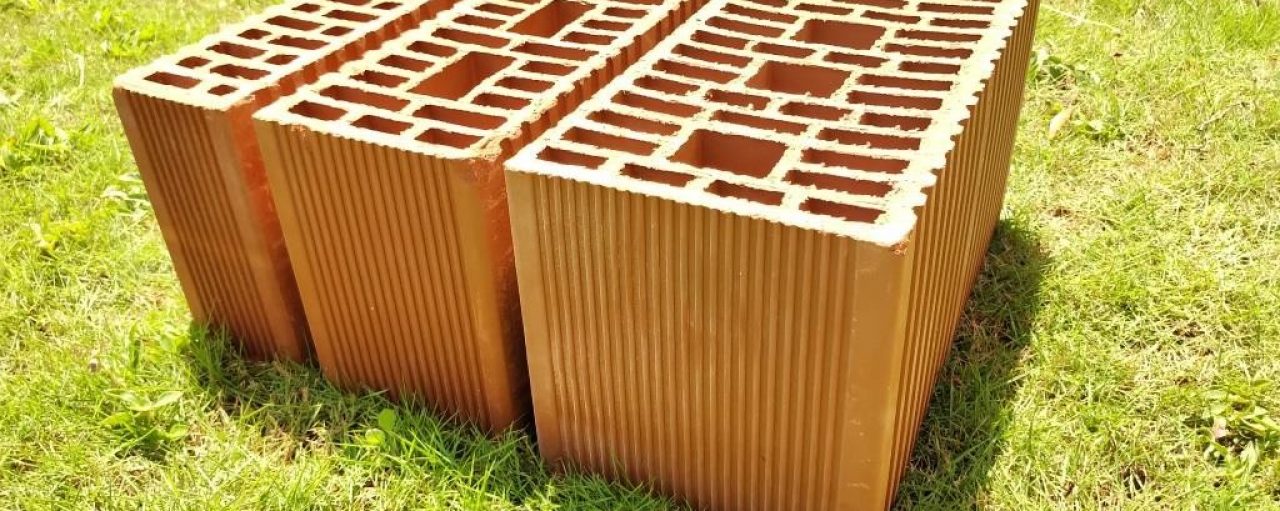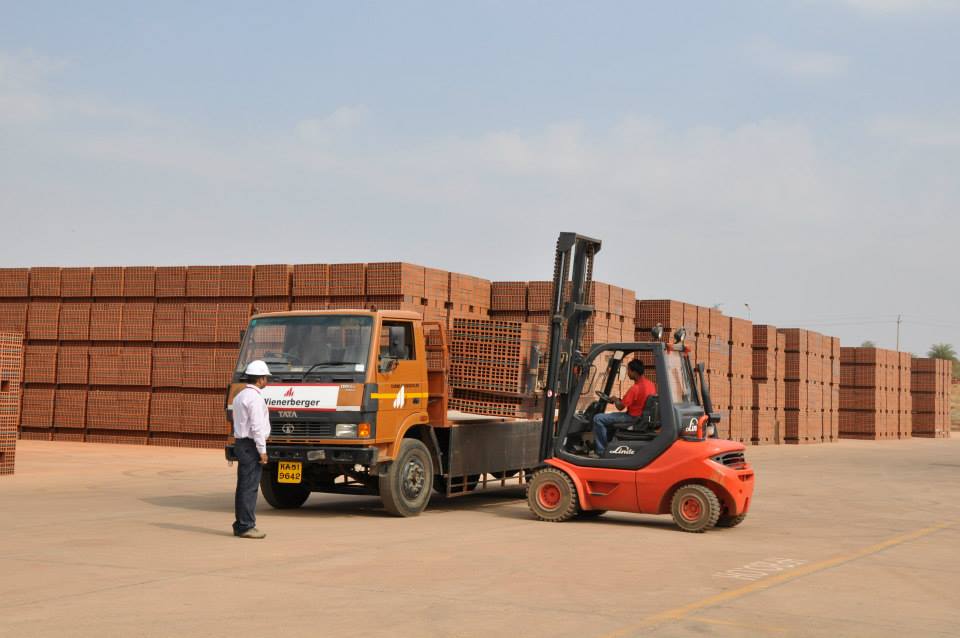What Are The Functions Of Bricks?
Bricks are more than what they seem to be. They are used to build walls, bear the structural load of the house, we hang our TV, photo frames, plug in our mobile chargers, fix doors and windows into walls etc. These are the visible functions of bricks.
However, to ensure that all these modern appurtenances and structural essentials are addressed, the bricks we use need to be of top quality, strong, durable and also affordable to buy and maintain. These are the key parameters which define the function of bricks. The price, strength, durability, and functionality are determined by what bricks are made of.
What Kind Of Raw Materials Are Used While Making Bricks?
There are concrete blocks (bricks), besser blocks and clay bricks. A concrete block is one of several precast concrete products used in construction. The term precast refers to the fact that the blocks are formed and hardened before they are brought to the job site. Most concrete blocks have one or more hollow cavities, and their sides may be cast smooth or with a design.
A concrete masonry unit (CMU) – also called concrete brick, concrete block, cement block, besser block, breeze block and cinder block – is a large rectangular block. clay-bricks is also a very popular building material. The earliest clay bricks have been estimated to be around 10,000 years ago in the Middle East. Among clay bricks, there are 1) the plain and solid brick and 2) a hollowed structural friendly and technologically advanced brick (one such is called Porotherm).
Porotherm clay bricks or walling material is designed for all building formats (multistoried buildings, individual houses, large apartments, villas, educational institutions, hospitals, hotels, commercial complexes). It is an innovative product specially created keeping in mind the changing climatic conditions, keeping homes naturally cool & comfortable throughout the year for generations. These bricks are environment-friendly, cost-effective and easy to handle.
What Should We Expect From Modern Day Bricks?
Parameters such as strength, durability, and maintenance purely relies on 1) climatic conditions of where the structure is built, 2) how the structural load is distributed and 3) how the indoors (walls) are maintained.
We expect that the product innovation takes into account essential, positive deliverables for walling material, such as a natural product providing the quality construction which is light weight, provides excellent thermal insulation with immaculate strength. In terms of using the materials during construction, we expect ease of handling and easy installation of appliances & fixtures.
Porotherm clay bricks have perforations as an integral design component to allow better thermal insulation, keeping your home naturally cooler than homes made from other conventional walling materials. These specialized bricks safeguard you from the noise and dust outside, making your home a quieter and cleaner place to live in while at the same time helping you conserve energy.
These bricks are fired at 1000 degrees Centigrade and have a fire rating of F240 (240 minutes) for 200 mm thickness, making the material domestic fire resistant. It is very simple to install appliances & fixtures on to the Porotherm walls with minimal effort. The only recommendation is to use a drilling machine as opposed to a hammer while making a hole onto the wall.
Porotherm bricks are designed and produced through vigorous R&D and stringent test which surpass concrete blocks and quaint clay bricks available in the market today.
Regardless of you being a builder, an architect or a home buyer, we recommend you to use the below checklist while choosing/buying bricks. Here’s what a structural engineer and an architect had to say about Porotherm clay bricks:
As structural engineer Praveen Kumar says, “I decided on Porotherm clay bricks primarily because the strength of the brick is uniform at every point. These lightweight bricks are 60% lighter than solid concrete blocks thus lessening the weight of the structure and bringing down the cost of construction. Masons can work faster with these bricks”. Praveen Kumar has used Porotherm clay bricks in apartment buildings and houses in Bangalore and Hospet.
Architect Vasanth Kumar and associate Shanmugham first saw these bricks in a convention at Bangalore. “We have used Porotherm clay bricks in our projects as they are thermally efficient and have good sound insulation. By using these brick one can save on time and cost during construction. The quality is excellent. If a brick is cut by a machine, the remaining pieces can be used unlike other clay bricks. In one residential project, we used all the remaining pieces to make parapet walls. So, the uniform quality across each brick makes it very easy to work with. Also, the compression strength of the brick is commendable.”According to the product specifications, Porotherm clay bricks have high compressive strength (>35 kg/cm2), are non flammable, have excellent thermal and sound insulation apart from being light weight. As a result, there is reduction in dead loads, savings on construction costs, faster construction but above all, one gets a house that is built for generations, extending with it the values of sustainable construction.
Authored by a building expert from Wienerberger India
For more expert advice and tips on other ways to make your home eco-friendly – drop a word at our email id gosmartbricks@gmail.com
Related Video:











